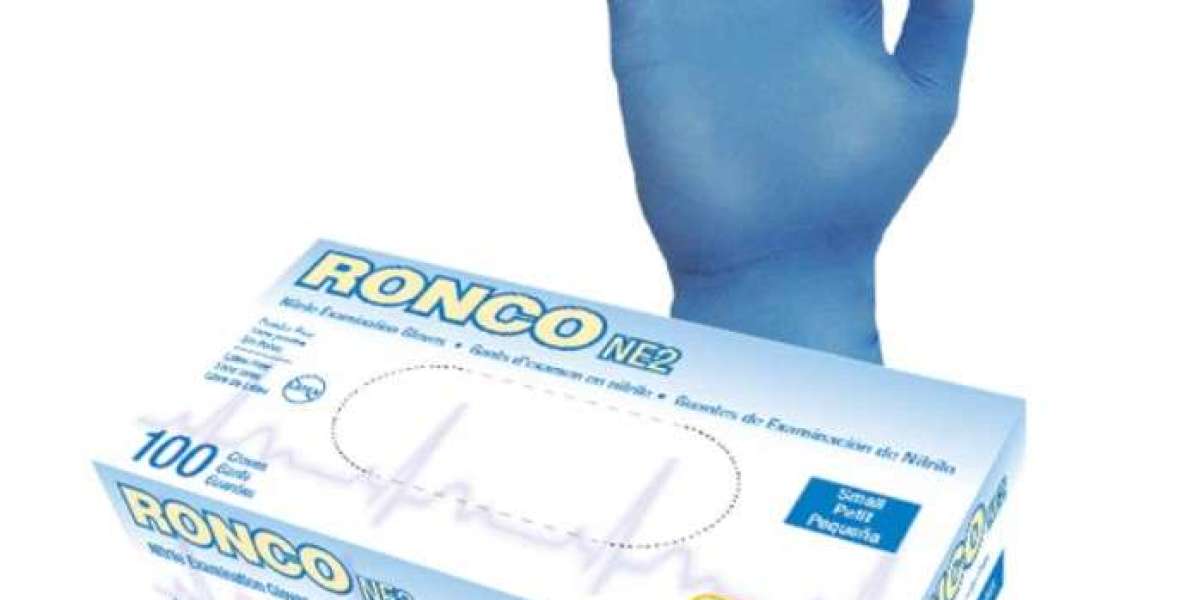Interior detailing is the deep-cleaning and restorative process that transforms a car’s cabin from tired and neglected to fresh, comfortable, and nearly showroom-ready. Unlike a quick vacuum or wipe-down, it involves cleaning, protecting, and sometimes restoring every surface — from carpet fibers and seat seams to ventilation ducts and control panels — using specialized tools and products.
Why Interior Detailing Matters
Beyond just looking good, interior detailing plays a key role in maintaining your vehicle’s value and longevity. Over time, dirt, spills, and UV exposure damage fabrics, leather, plastics, and trim. Regular detailing removes contaminants that cause stains, odors, and wear.
Preserves resale value: A clean, well-kept interior makes a strong impression on buyers.
Improves comfort: Driving feels better when your cabin is fresh and tidy.
Promotes health: Removes dust, allergens, and bacteria for a cleaner environment.
Core Steps in a Thorough Interior Detail
1. Clear and Inspect
Remove trash, personal items, and floor mats. Inspect for stains, damage, or odors so you can target specific problem areas.
2. Vacuuming
Use a high-powered vacuum with attachments for seats, carpets, under seats, and tight crevices. A crevice tool and soft brush attachment help loosen dirt.
3. Carpet and Upholstery Cleaning
Treat stains with fabric-safe cleaners, allow dwell time, then agitate with a soft brush. For deep cleaning, a hot-water extractor or steam cleaner removes grime and refreshes fibers.
4. Leather and Vinyl Care
Clean leather with pH-balanced solutions, using a soft brush on seams and stitching. Condition afterward to restore oils. For vinyl and plastic trim, use protectants to prevent cracking and fading.
5. Dashboard, Vents, and Controls
Dislodge dust from vents and buttons with a detailing brush or compressed air. Use a mild cleaner and microfiber cloth on sensitive electronics.
6. Glass and Mirrors
Clean interior glass with an ammonia-free solution and a fresh microfiber towel for streak-free clarity.
7. Deodorizing and Sanitizing
For odors, use enzyme treatments, ozone generators, or interior-safe foggers. Disinfect high-touch areas like steering wheels and door handles for added hygiene.
Essential Tools and Products
Vacuum: Strong suction and multiple attachments.
Microfiber towels: Lint-free and safe for all surfaces.
Detailing brushes: Various sizes for vents, seams, and buttons.
Steam cleaner or extractor: For deep cleaning fabrics and carpets.
Leather care products: Cleaners and conditioners.
UV protectants: For plastics and vinyl to prevent fading.
DIY vs Professional Detailing
A DIY approach can produce excellent results with the right tools and time investment. However, professionals offer advanced equipment, stain removal techniques, and experience with delicate materials like Alcantara or high-end leather. Professional detailing is especially valuable for old or stubborn stains, odor issues, or when time is limited.
Frequency and Cost
Light interior detail: Every 1–3 months to maintain cleanliness.
Full deep detail: Every 6–12 months for preservation.
Costs vary — DIY expenses are mostly upfront for products and tools, while professional services range by vehicle size and region.
Common Mistakes to Avoid
Oversaturating fabrics, which can cause mold.
Using abrasive brushes on delicate surfaces.
Applying ammonia-based cleaners to tinted windows.
Skipping a patch test before using new products.
Conclusion
Interior detailing is more than just cleaning — it’s an investment in your car’s comfort, appearance, and value. With the right process and products, you can keep your cabin looking, smelling, and feeling like new, making every drive a more enjoyable experience.








